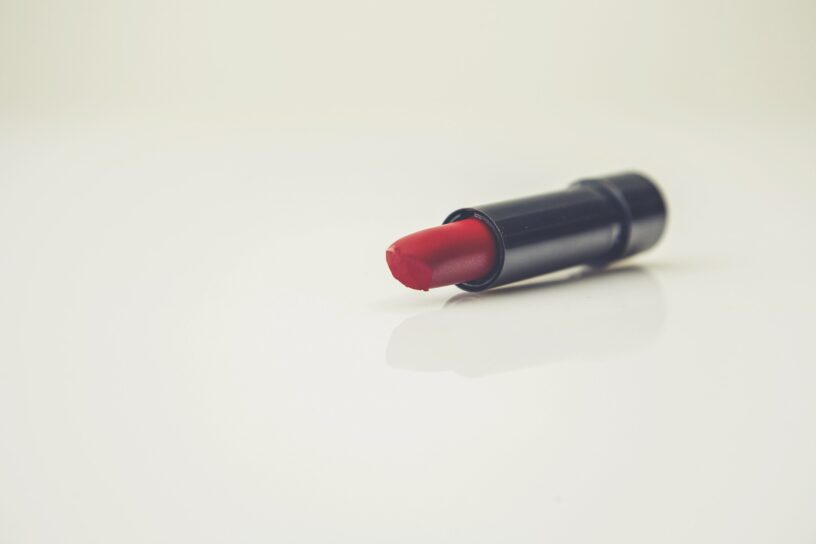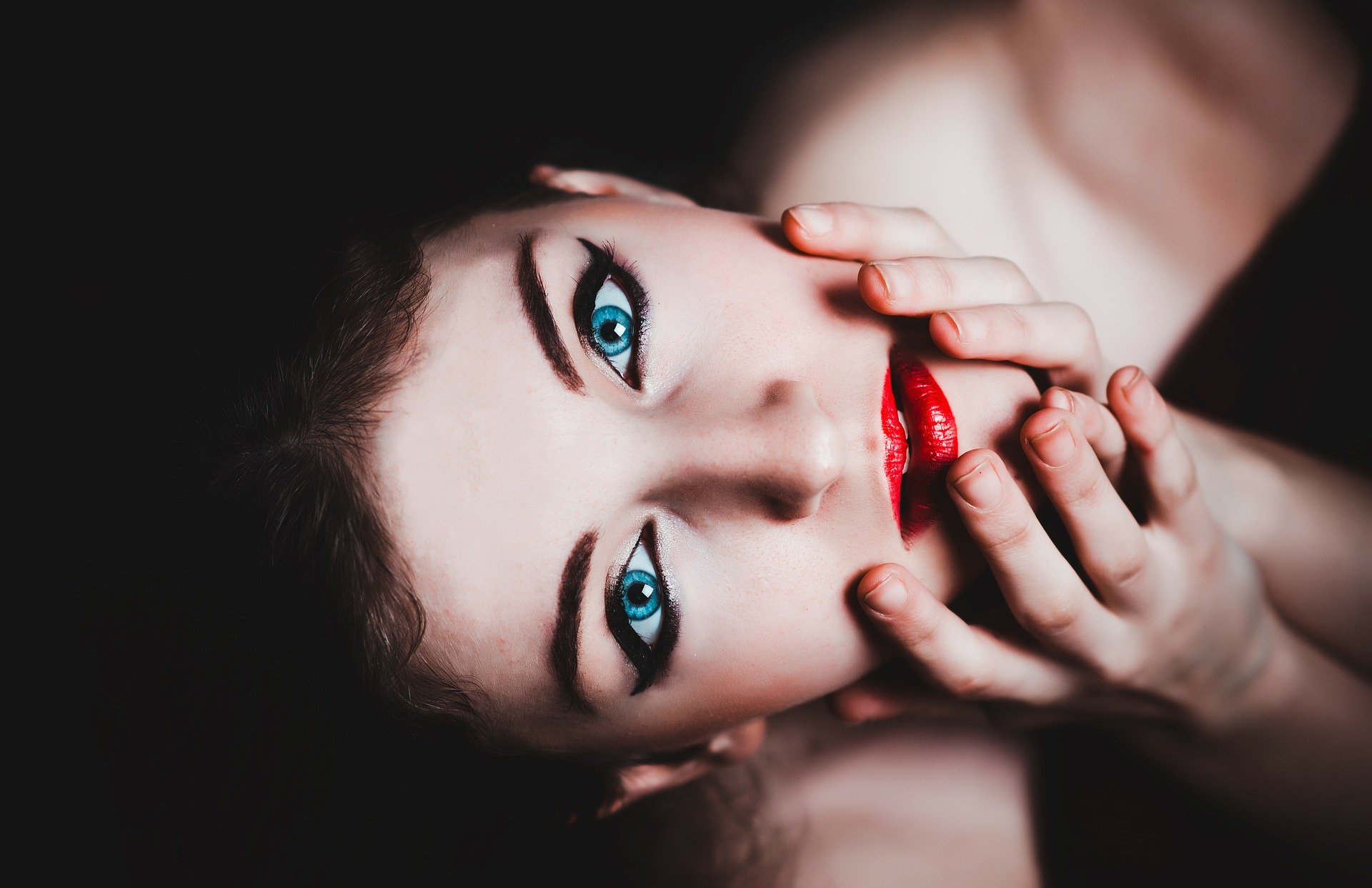My mother bought me my first fashion magazine after I begged for it at the grocery store. It was the December 1989 edition of Elle, and I was 11. I flipped through it obsessively for months, and if I close my eyes, I can still remember the order the pages were in. After the masthead and an ad for Drambuie, it was there: a full two-page spread of a woman with permed blonde hair, her face in half shadow, a spotlight on perfect flame-red lips. Revlon Red.
Revlon Red was, until that time, the most bold and sophisticated thing I had ever seen. You couldn’t mistake a woman wearing Revlon Red. She meant business. She was impossibly cool. For an awkward, uncool tween from rural B.C., she was the slick city living I had been dreaming of when I visited my dad in Vancouver, picking out the apartments I would live in (right on Robson Street) and the career I would have. It made a deep impression on me.
I saved up my money and bought a tube of Revlon Red as soon as I could. That first tube was purchased from the local pharmacy, was marbled emerald green plastic, and smelled of powdered wax. On my 11-year-old face, it looked like dress-up or like something I had stolen. It was a secret purchase that I took out and wore when I was in my room alone, listening to cassette tapes and dreaming about big cities.
I never understood the power of style more clearly than I did in those early moments alone in my childhood bedroom. Style was the ability to tell my own story without speaking—and to realize the wide gulf between where I wanted to be and where I was, was to see myself clearly.

Photo by Markus Spiske/Pixabay.
By the time I was allowed to wear makeup, red was not in fashion. It was the last thing on my mind for years—until it wasn’t. It snuck up on me again in university when retro shades were making a comeback. I saw it again when Eaton’s was having a going-out-of-business sale: a five-pan Makeup Forever lip palette ranging from orange red to black cherry, 75 per cent off. I bought it, and it sat at the back of my drawer for years.
I still wasn’t quite the woman who could pull that off, but I looked at it every day while I was brushing my teeth.
I’m certainly not the first person to be beguiled by this lip colour. It’s been around since ancient times when it was discovered that a small insect found on cacti provided a versatile red tint when crushed. Cochineal was used by royalty, because it was rare and expensive: some 70,000 insects are needed to produce one pound of dye. Cleopatra famously painted her lips with it.
Later in history, through the Dark Ages, Elizabethan era, and up to the Victorian period, red was seen as the lip tint of sex workers and immoral women, women to allegedly be wary of.

Photo by Rodolfo Clix/Pexels.
That perspective began to shift again in 1912, when red lips became associated with the suffrage movement. During a march in New York City, Elizabeth Arden herself passed out her red lipsticks to the marchers. It became an emblem of the movement and of fearlessness.
Even as it later progressed into Victory Red worn by service women such as Rosie the Riveter in the Second World War and eventually became a mainstay in high fashion, my favourite moment in red lipstick history remains its prominence in the early fight for women’s liberation as a bright battle flag and a warning flare while loudly proclaiming: “This isn’t for you. My appearance is my preference not yours.”
Today, and for the past 15 years, I’ve worn red lipstick almost every day of my life. Somewhere along the line of growing older, I closed the gulf between the woman I wanted to be and the woman I am.
I now own more than 50 shades. It’s become an indulgent hobby—finding the perfect red. When I look at it on my face, I no longer see a costume, I see me. Which is all my 11-year-old self ever wanted.









